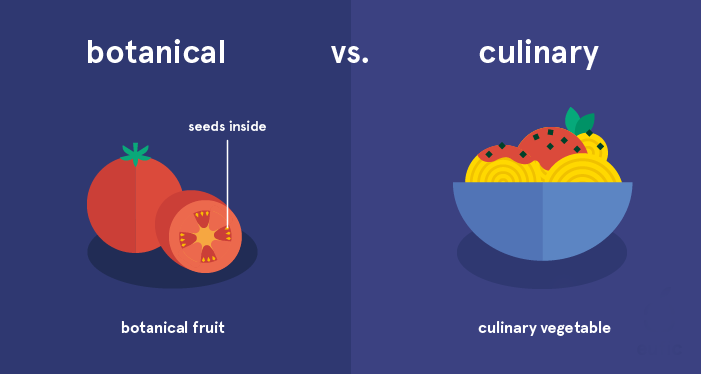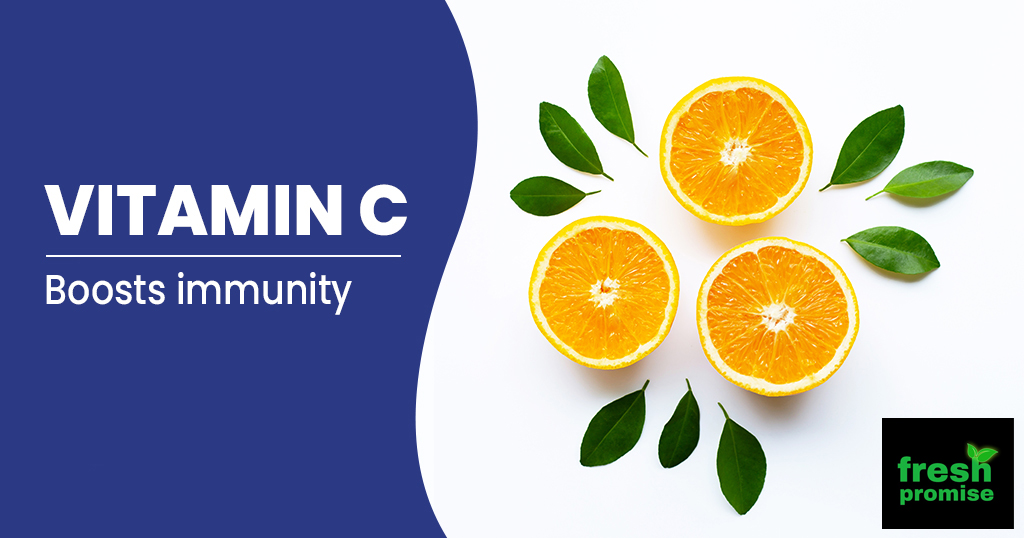What is the Difference Between Fruits and Vegetables
What's the Difference
Between Fruits and Vegetables?
Most people know that
fruits and vegetables are good for you, but not as many are familiar with the
differences between them.
In terms of structure, taste and nutrition, there are many
distinctions between fruits and vegetables.
This article will take a closer look at the differences between
fruits and vegetables, and the health benefits they can provide.
The Difference Between
Fruits and Vegetables
Fruits and vegetables are classified from both a botanical and
culinary standpoint.
Botanically, fruits and
vegetables are classified depending on which part of the plant they come from.
A fruit develops from the flower of a plant, while the other
parts of the plant are categorized as vegetables.
Fruits contain seeds, while vegetables can consist of roots,
stems and leaves.
From a culinary perspective, fruits and vegetables are
classified based on taste. Fruits generally have a sweet or tart flavor and can
be used in desserts, snacks or juices.
Vegetables have a more mild or savory taste and are usually
eaten as part of a side dish or main course.
Fruits Often Mistaken
for Vegetables
You probably have a pretty good concept of which foods are
considered fruits and which are considered vegetables, at least in culinary
terms.
However, there are several plants that are technically fruits,
though they’re often classified as vegetables because of their taste.
Tomatoes are
the most well-known and controversial example of this.
In 1893, the US Supreme Court actually ruled that tomatoes
should be classified as vegetables rather than fruits under US customs
regulations.
Botanically speaking, tomatoes fit the definition of a fruit.
However, they’re still commonly referred to as vegetables because of their
flavor profile.
Some other common examples of fruits that are mistaken for vegetables
include:
Vegetables With a
Sweeter Flavor
Though there are many fruits that are mistaken for vegetables,
there are very few vegetables that are considered fruits, if any.
However, some vegetable varieties have a naturally sweeter
flavor than most other vegetables and are used similarly to fruits in desserts,
pies and baked goods.
Sweet potato pie is a dessert that is a traditional part of
Thanks giving in the United States. Despite their sweet flavor, sweet potatoes
are actually a type of root vegetable, not a fruit.
Similarly, candied yams are a baked dish containing yams,
another type of edible tuber. Other vegetables with a naturally sweeter flavor
include beets, carrots, rutabagas and turnips.
How Do Fruits and
Vegetables Compare Nutritionally?
Fruits and vegetables have a lot of similarities in terms of
nutrition.
Both are high in fiber as well as vitamins, minerals, antioxidants and plant compounds.
Fruits and vegetables are also naturally low in sodium and fat.
As you might expect given their sweet taste, fruits tend to have
a higher amount of natural sugar and calories compared
to most varieties of vegetables.
One cup of apples, for example, contains 65 calories and 13
grams of sugar, while one cup of broccoli has just 31 calories and 2 grams of
sugar.
Compared to vegetables, some types of fruits may also contain
more fiber per
gram. The fiber content per 100 grams for fruit ranges from 2-15 grams, while
leafy vegetables supply 1.2-4 grams of fiber for the same weight.
The water content is also highly variable. Leafy vegetables may
be composed of 84-95% water, while fruits contain slightly less, with between
61-89%.
There are some nutrient differences among different categories
of fruits and vegetables, as well. Here are few nutrition highlights:
- Tubers: Rich in fiber, plus a
good source of vitamin C, beta-carotene, potassium and B vitamins.
- Citrus fruits: High in vitamin C,
beta-carotene, folate and antioxidants that could offer protection against
degenerative disease.
- Cruciferous vegetables: Contain glucosinolates, a
group of compounds that has been linked to the prevention of cancer.
- Berries: Full of anthocyanins,
anti-inflammatory compounds that have been studied for their ability to
reduce oxidative stress and promote heart health.
- Leafy greens: A good source of
carotenoids like lutein, which has been shown to reduce the risk of heart
disease, stroke and cancer.
Including a good mix of fruits and vegetables in your diet can
ensure you’re getting a diverse range of nutrients.
Health Benefits of
Fruits and Vegetables
There is a good amount of research documenting the many benefits
of fruit and vegetable intake on health.
Several studies have found that eating more fruits and
vegetables is associated with a decreased risk of heart disease.
One study even found that eating more than three servings per
day slashed the risk of heart disease by 70%.
Because fruits and vegetables are low in calories but high in
fiber, they could even help keep your weight under control.
One study followed 133,000 people over a 24-year span. It showed
that when people increased their intake of fruits and non-starchy vegetables,
their weight tended to decrease.
Increasing your fiber intake through fruits and vegetables may
even reduce your risk of cancer. Multiple studies have found that higher fruit
and vegetable consumption is linked to a lower risk of colorectal cancer.
Finally, fruit and vegetable intake may benefit your blood sugar.
The fiber from these foods slows the absorption of sugar, which can keep blood
sugar levels steady.
One study showed that an increase in fruit and vegetable intake
can actually lead to a reduction in the development of diabetes.
Note that these results applied to fruits and vegetables, but
not fruit juice. Fruit juice provides
a concentrated dose of the vitamins, minerals and sugars found in fruit, but
without the fiber and the health benefits that come with it.
Botanically, there is a distinct difference between fruits and
vegetables.
However, they both come with an impressive set of nutrients and health benefits, from decreasing your risk of chronic disease to slimming your waistline.
In the end, the classification of fruits and vegetables isn’t as
important as eating a variety of both to take advantage of the diverse
nutrients they provide.




Comments
Post a Comment